Topics
Everything a New Gardener Needs to Know for Successful Direct Sowing
Direct sowingAre you thinking about growing seeds in your garden but aren't quite sure where to start? Direct sowing can be the best way to plant many kinds of herbs, flowers, and vegetables. So, how do you start and ensure success?

What Is Direct Sowing?
Direct sowing, or direct seeding, is probably what most people think of when they think of gardening. It refers to seeds that are planted outside in the soil instead of grown from a transplant or started indoors.
Should I Direct Sow My Seeds?
You may choose to direct sow some or all of your seeds. Whether you direct seed or choose to transplant depends on each particular plant's needs, your growing conditions, and some other factors.
A helpful way to know which way is best is to check your seed packets. The seed package should say if starting seeds indoors is recommended. Often seeds with low germination rates will do better by being started indoors.
Some plants simply do better sown directly outside. Plants with long taproots or delicate root systems can be much easier to sow directly than to try to transplant without damage.

Benefits of Direct Sowing
- Direct sowing eliminates transplant shock. No need to worry about disturbing sensitive root systems.
- Direct sowing seeds is easy. Put the seeds in the prepared soil and water.
- You don't have to harden off seedlings. By direct sowing, your seedlings will already be acclimated to life outdoors and won't have to be hardened off.
- Healthier root crops. Root vegetables such as carrots and beets don't like having their tap root disturbed. Planting beets and carrot seeds into your garden will result in healthier plants.
- Simplifies succession planting. Succession plantings are much easier to manage outdoors once the weather is nice.
- Saves money. You won't have to buy any special equipment to start seeds indoors.

Getting Ready for Direct Seeding
If you're planning to direct sow part or all of your garden, your first step is to choose your garden plot . You may already have a spot in mind for your garden, or maybe you need to do a little research to make up your mind. Learn more about the different factors you will want to consider when picking the perfect location for planting.
Once you've picked out your spot, it's time to plan your garden. You'll want to consult the calendar for this step. Knowing each seed's best soil temperature for germination can help you decide when you're ready to sow each particular group of seeds outside so that they can thrive.
Take inventory to see whether you have all the tools you need and if they're in good repair.
While you're planning, take some time to sketch out your garden to help you visualize where things will grow. Our article on "Rows or Beds, Which is Best?" can help you understand the advantages of different ways of organizing your plants and get you started on your garden blueprints.

Successful Direct Sowing
While you won't need special equipment for planting seeds, you will want to be prepared and know what to do before and after.
Prepare Your Garden Beds
Prepare your garden soil by checking the pH and soil texture. Any soil amendments need to be done before planting seeds. Make sure your garden bed is free of weeds.
Prepare Your Seeds for Planting
Not all seeds need special attention, but some do. Some seeds will benefit from soaking, cold stratification, or scarification to help break the seed coat. Check the seed packet to see if your seeds will need prepping before planting.
Watch the Weather
Cool weather crops like peas and lettuce can be planted earlier in spring. For warm weather crops like squash and watermelon, wait to plant until the temperatures are warm enough.
Even when you've consulted the trends in your region, the weather can be unpredictable, so it's essential that you're prepared to protect tender plants if a cold snap comes after your baby seeds are in the ground.
Planting Depth
Sow seeds according to the seed depth on the packet instructions. The correct depth to plant your seeds varies based on the seed size. Also, some seeds need light to germinate, while others need darkness. Tiny seeds, like carrots, won't have enough energy to push up through the soil if planted too deeply. But large seeds, like squash and pole beans, can be planted deeper.
Thinning Seedlings
When your seeds sprout, they will first have seed leaves. Then true leaves will emerge. At this point, you will want to thin your seedlings to give them enough room to grow.

Our Top 5 Flower Seeds to Direct Sow:
Our Top 5 Vegetable Seeds to Direct Sow:
Our Planter's Library will give you growing and harvesting specifics for herbs, flowers, and vegetables.
It's gratifying to directly sow your seeds and then watch them grow. A little planning can improve your odds of success, so take a moment to think things through before you get started. Before long, you'll be enjoying the transformation of your garden from barren to lush. Over the course of a season, you'll see your hard work pay off!
Every year, you'll learn more about different seeds, your garden and ecosystem, and what works for you. Take notes on what you've learned for next year, and most importantly, have fun!
Written by Teresa Chandler





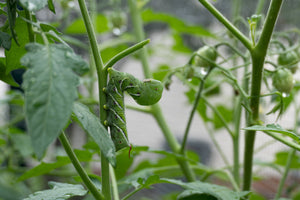
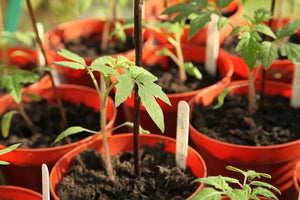
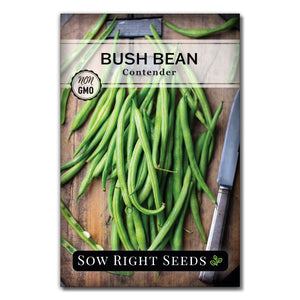
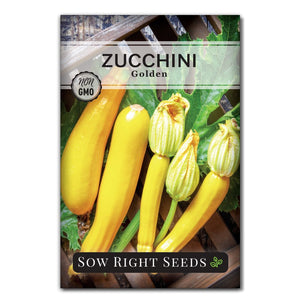
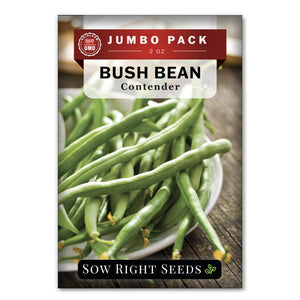
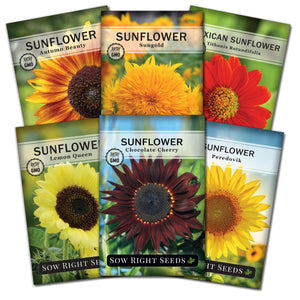
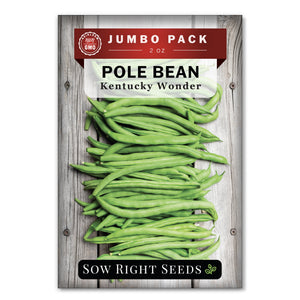
Leave a comment